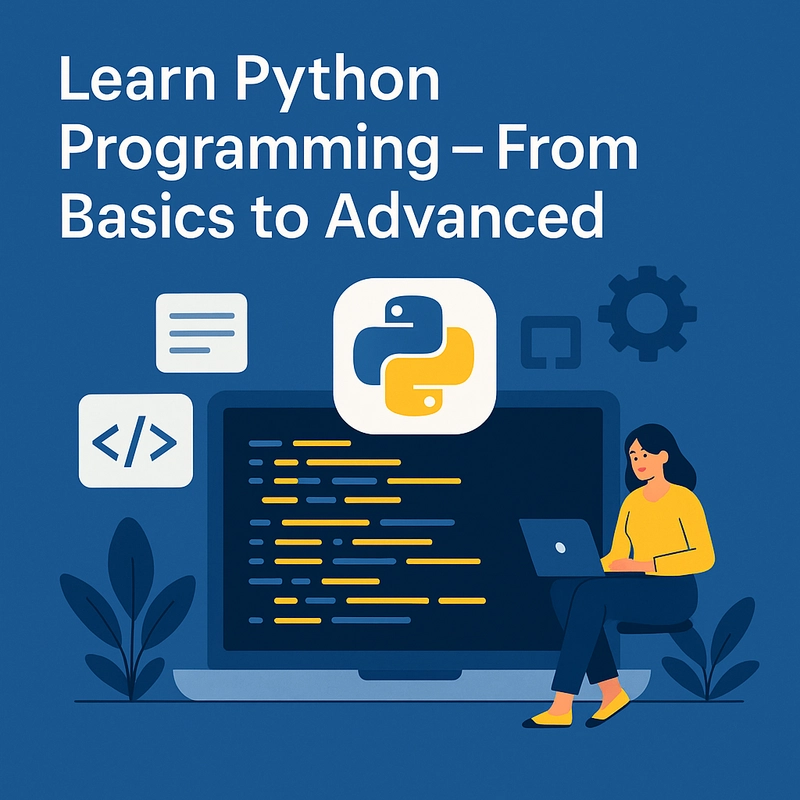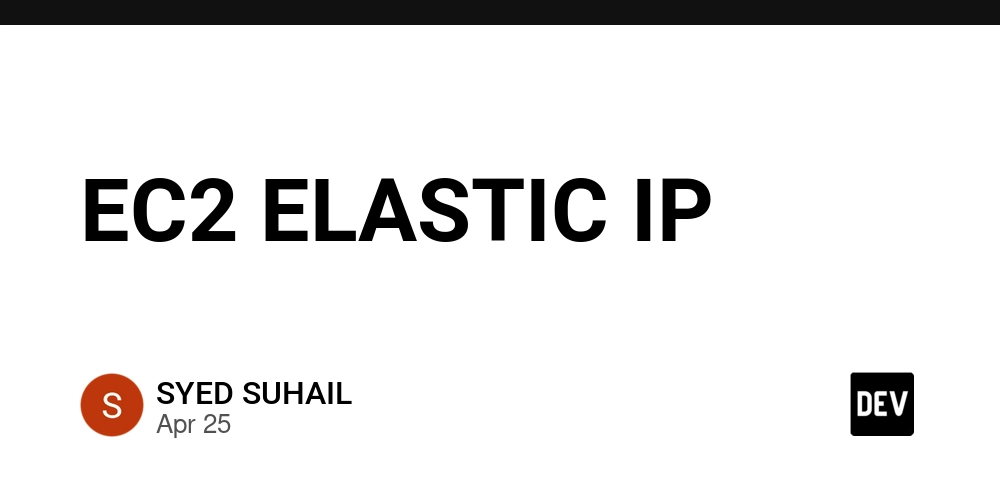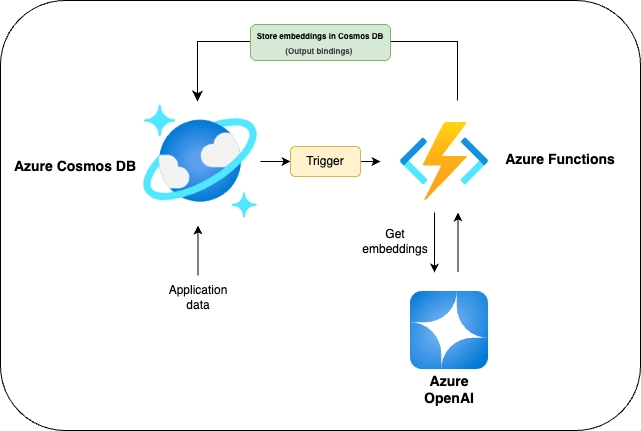Learn Python Programming - From Basics to Advanced
Fusion Software Institute presents an extensive guide to mastering Python programming. Python has rapidly grown to become one of the most popular programming languages in the world. Its simplicity, versatility, and wide range of applications make it a favorite among both beginners and seasoned developers. Whether you want to dive into data science, web development, automation, or machine learning, Python provides the tools you need to get started and excel. Read more: Learn Python Programming - From Basics to Advanced This article will guide you through the journey of learning Python programming, from the very basics to advanced concepts. Let's explore the key stages of becoming proficient in Python and how you can master the language. Introduction to Python: What is Python? Python is an open-source, high-level programming language designed by Guido van Rossum and first released in 1991. It emphasizes readability and simplicity, making it an excellent choice for beginners. Python's syntax is clean, which reduces the complexity of coding compared to other programming languages. Python supports multiple programming paradigms, including procedural, object-oriented, and functional programming. It also boasts a massive ecosystem of libraries and frameworks that extend its capabilities in fields such as web development, data analysis, artificial intelligence, and scientific computing. Key Python Features: Easy-to-read syntax: Python's syntax is clear and concise. Dynamically typed: You don't need to declare variable types explicitly. Extensive libraries: Libraries like NumPy, pandas, Flask, Django, and TensorFlow make Python a powerful tool. Cross-platform: Python runs on all major operating systems. Setting Up Your Python Environment Before you start coding, you need to set up your Python development environment. Here's a step-by-step guide: Install Python: Download and install Python from the official website: python.org. During installation, ensure that you check the option to add Python to your system's PATH. Choose an IDE or Text Editor: IDEs like PyCharm, Visual Studio Code, or Jupyter Notebooks provide rich features for Python development. Text Editors like Sublime Text or Atom are lightweight options that can be customized for Python coding. Use the Python Interpreter: Once Python is installed, you can run Python directly from the terminal or command prompt by typing python or python3. Basic Python Programming Concepts Now that your environment is set up, it's time to dive into the basics of Python programming. Variables and Data Types Variables are used to store data in Python. Python supports several built-in data types: int (integer numbers): x = 5 float (decimal numbers): y = 3.14 str (strings): name = "Alice" bool (Boolean values): is_active = True Lists, Tuples, and Dictionaries Python offers powerful data structures: List: An ordered, mutable collection. Example: my_list = [1, 2, 3] Tuple: An ordered, immutable collection. Example: my_tuple = (1, 2, 3) Dictionary: A collection of key-value pairs. Example: my_dict = {"name": "Alice", "age": 25} Intermediate Python Concepts Once you're comfortable with the basics, it's time to explore more intermediate topics. Object-Oriented Programming (OOP) Python is an object-oriented language, which means you can define classes and create objects. Understanding OOP is crucial for building scalable applications. Error Handling Python uses try-except blocks for error handling, allowing your program to recover from unexpected issues. File Handling Python provides built-in functions for reading from and writing to files. You can open a file using open() and then perform operations like reading, writing, or appending. Libraries and Modules Python's real power comes from its extensive libraries. Learn how to import and use Python's standard libraries like math, os, and datetime, as well as third-party packages like requests for HTTP requests or numpy for mathematical operations. Advanced Python Concepts As you become more experienced, you can dive into advanced topics that will make you a Python expert. Generators and Iterators Generators are functions that yield items one at a time using the yield keyword, which is useful for working with large datasets. A decorator is a function that modifies another function. This is particularly useful for enhancing functionality or adding functionality like logging or access control. Multi-threading and Concurrency Python allows you to perform tasks concurrently using threading, multiprocessing, or async programming. This is especially useful for I/O-bound operations like web scraping or working with APIs. Working with Databases Learn how to interact with databases using libraries like SQLite, MySQL, or SQLAlchemy for database-driven applications. Python for Web Development Python excels in web development with frameworks like Flask and Django. Flask is lightweight and ideal for small applications, while Django is


Fusion Software Institute presents an extensive guide to mastering Python programming. Python has rapidly grown to become one of the most popular programming languages in the world. Its simplicity, versatility, and wide range of applications make it a favorite among both beginners and seasoned developers. Whether you want to dive into data science, web development, automation, or machine learning, Python provides the tools you need to get started and excel.
Read more: Learn Python Programming - From Basics to Advanced
This article will guide you through the journey of learning Python programming, from the very basics to advanced concepts. Let's explore the key stages of becoming proficient in Python and how you can master the language.
Introduction to Python: What is Python?
Python is an open-source, high-level programming language designed by Guido van Rossum and first released in 1991. It emphasizes readability and simplicity, making it an excellent choice for beginners. Python's syntax is clean, which reduces the complexity of coding compared to other programming languages.
Python supports multiple programming paradigms, including procedural, object-oriented, and functional programming. It also boasts a massive ecosystem of libraries and frameworks that extend its capabilities in fields such as web development, data analysis, artificial intelligence, and scientific computing.
Key Python Features:
Easy-to-read syntax: Python's syntax is clear and concise.
Dynamically typed: You don't need to declare variable types explicitly.
Extensive libraries: Libraries like NumPy, pandas, Flask, Django, and TensorFlow make Python a powerful tool.
Cross-platform: Python runs on all major operating systems.Setting Up Your Python Environment
Before you start coding, you need to set up your Python development environment. Here's a step-by-step guide:
Install Python:
Download and install Python from the official website: python.org.
During installation, ensure that you check the option to add Python to your system's PATH.
Choose an IDE or Text Editor:
IDEs like PyCharm, Visual Studio Code, or Jupyter Notebooks provide rich features for Python development.
Text Editors like Sublime Text or Atom are lightweight options that can be customized for Python coding.
Use the Python Interpreter:
Once Python is installed, you can run Python directly from the terminal or command prompt by typing python or python3.
- Basic Python Programming Concepts Now that your environment is set up, it's time to dive into the basics of Python programming. Variables and Data Types Variables are used to store data in Python. Python supports several built-in data types: int (integer numbers): x = 5 float (decimal numbers): y = 3.14 str (strings): name = "Alice" bool (Boolean values): is_active = True
Lists, Tuples, and Dictionaries
Python offers powerful data structures:
List: An ordered, mutable collection. Example: my_list = [1, 2, 3]
Tuple: An ordered, immutable collection. Example: my_tuple = (1, 2, 3)
Dictionary: A collection of key-value pairs. Example: my_dict = {"name": "Alice", "age": 25}
- Intermediate Python Concepts Once you're comfortable with the basics, it's time to explore more intermediate topics. Object-Oriented Programming (OOP) Python is an object-oriented language, which means you can define classes and create objects. Understanding OOP is crucial for building scalable applications. Error Handling Python uses try-except blocks for error handling, allowing your program to recover from unexpected issues. File Handling Python provides built-in functions for reading from and writing to files. You can open a file using open() and then perform operations like reading, writing, or appending. Libraries and Modules Python's real power comes from its extensive libraries. Learn how to import and use Python's standard libraries like math, os, and datetime, as well as third-party packages like requests for HTTP requests or numpy for mathematical operations.
- Advanced Python Concepts As you become more experienced, you can dive into advanced topics that will make you a Python expert. Generators and Iterators Generators are functions that yield items one at a time using the yield keyword, which is useful for working with large datasets. A decorator is a function that modifies another function. This is particularly useful for enhancing functionality or adding functionality like logging or access control. Multi-threading and Concurrency Python allows you to perform tasks concurrently using threading, multiprocessing, or async programming. This is especially useful for I/O-bound operations like web scraping or working with APIs. Working with Databases Learn how to interact with databases using libraries like SQLite, MySQL, or SQLAlchemy for database-driven applications. Python for Web Development Python excels in web development with frameworks like Flask and Django. Flask is lightweight and ideal for small applications, while Django is full-featured, offering everything you need for building large-scale websites. Data Science and Machine Learning Python is the go-to language for data science and machine learning, with libraries like pandas, numpy, matplotlib, and scikit-learn.
- Conclusion: Continuous Learning in Python At Fusion Software Institute, we believe that learning Python is an exciting journey that offers immense opportunities across a variety of domains. Starting with the basics, you can gradually dive deeper into more advanced topics. Python's readability and extensive ecosystem ensure that you'll never run out of resources or tools to enhance your skills. To stay ahead, consider building projects, contributing to open-source libraries, and staying updated with Python's latest features. With practice and determination, you'll go from a beginner to an advanced Python programmer, ready to tackle complex challenges in any field. Visit here: https://www.fusion-institute.com/courses/python-development Contact Information: Phone: 9890647273, 7498992609 Email: enquiry@fusion-institute.com Website: www.fusionsoftwareinstitute.com Address: Office 101, 104 1st Floor, Stellar Spaces, Kharadi South Main Road, Opp. Zensar, IT Park, Kharadi, Pune, Maharashtra 411014





































































